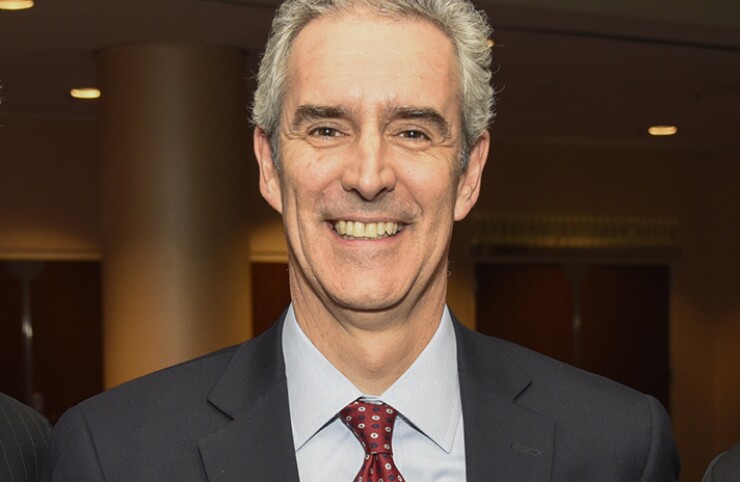With high construction costs ‘normalized,’ cities and states clamoring to get to market
3 min read

It’s boom time in the municipal bond business and many expect the deal momentum to continue past the November election.
The
“It’s been an extraordinary year by any measure,” said Paul Creedon, managing director and head of national infrastructure at Janney Montgomery Scott LLC. “You started to feel this momentum in the fourth quarter of 2023 that people were back to their priorities, were back to their core business and purposes.”
The “run rate” through the end of the year puts supply at $470 billion, Creedon said. “I don’t think it’s necessarily going to stop because of the election,” he said. “It’s probably going to shatter a lot of records, no doubt about it.”
Issuance in the second half of the year has come in higher than Rob Dailey, head of public finance at PNC, expected, he said. Dailey also predicted deals would continue past the election, bucking historical trends of issuers hitting the brakes after an election.
“I think it’s driven by some things that have been normalized now,” Dailey said. “People are getting used to rates above zero; we’ve worked through the supply-chain disruptions; we’ve gotten used to project cost inflation,” he said.
The post-pandemic spike in construction costs has abated slightly, but project prices will remain elevated as labor remains constrained, said John Medina, senior vice president at Moody’s Global Project and Infrastructure Finance team.
“The U.S. construction market is the hottest construction market in the world,” Medina said. “Everybody has a shortage of labor, which delays projects,” he said. “When you delay a project, it’s going to get more expensive.”
New-money issuance is up about 27% year-over-year and new-money and refunding deals together are up around 80%, Creedon said. “It’s not just about new-money infrastructure, it’s also been about taking advantage of some few refunding tools, like tenders or
A more normal yield curve will bring into play structures like floaters and note issuance, Dailey said. “So we’re getting to the point where we will have more tools coming out of the toolbox and more of the federal money is getting spent,” he said.
Supply is also expected to remain strong as issuers venture into relatively new infrastructure areas like broadband, clean energy and housing, panelists said.
“We haven’t run into a client yet who isn’t making a huge priority out of housing,” Dailey said. “There’s the potential for this to be the golden age of infrastructure financing for the next five to six years.”







